1913 items found
Page 24 of 160
-
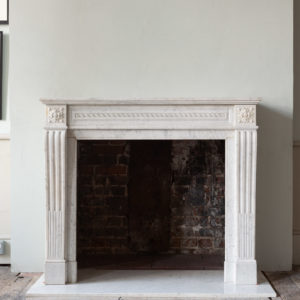
French Louis XVI style carrara marble fireplace,
£4,850French Louis XVI style carrara marble fireplace,
with ropetwist frieze and scrolled jambs. Sold without hearth.£4,850 -
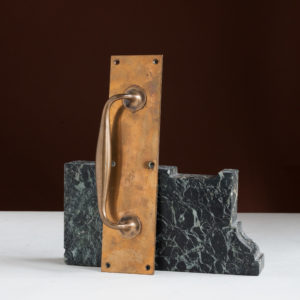
Single brass door pull
£75Single brass door pull
with a rectangular fixing plates six screw holes, the shaped handle applied to the plate with bolts to back. Twentieth century.£75 -

Original French Holophane globe pendant lights,
£1,500 each -

“Progress IV” artists screenprint by Anthony Benjamin (1931 – 2002)
£480“Progress IV” artists screenprint by Anthony Benjamin (1931 – 2002)
Anthony Benjamin (29 March 1931 – 17 February 2002) FRSA, RE was an English painter, sculptor and printmaker. Benjamin was a fellow of the Royal Society of Arts (FRSA) and a member of the Royal Society of Painter-Printmakers (RE)£480 -
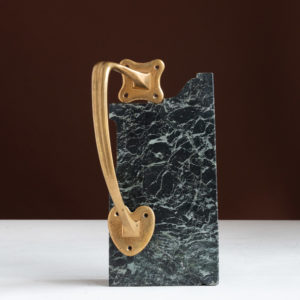
Single brass door pull
£80Single brass door pull
The reeded shaped brass pull, with square shaped fixing plate to top and heart shaped fixing plate beneath. Early Twentieth century.£80 -
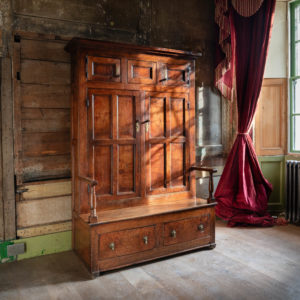
George III bacon settle
£7,500George III bacon settle
panelled throughout to front and back, the top cupboard accessible via three smaller doors, main cabinet with large wrought iron hooks, the seat with drawers below. Primarily constructed in figured field-grown ash, some other native hedgerow timber species present. Fantastically figured and patinated throughout.£7,500 -
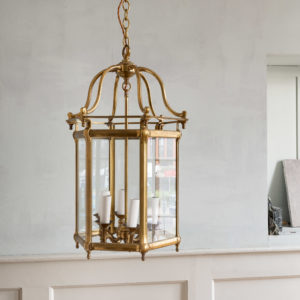
Large hexagonal brass hall lantern,
£2,500Large hexagonal brass hall lantern,
with six light fitment within the glazed body, twentieth century. Re-wired and PAT tested,£2,500 -
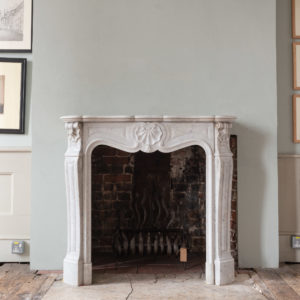
Small French Rococo Carrara marble fireplace
£2,600Small French Rococo Carrara marble fireplace
with scallop shell to the centre of the shaped frieze.£2,600 -
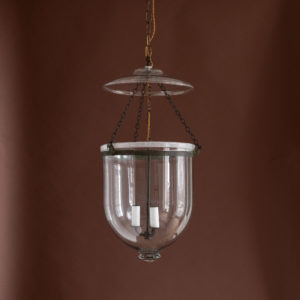
Mid-twentieth century Hundi lantern,
£1,650 -

Large twentieth century Oushak carpet
£4,500Large twentieth century Oushak carpet
with central medallion to the attractive beige ground, restored, edges re-bound, cleaned and ready to lay.£4,500 -
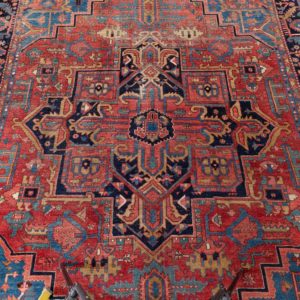
Antique Persian Heriz carpet
£7,500 -
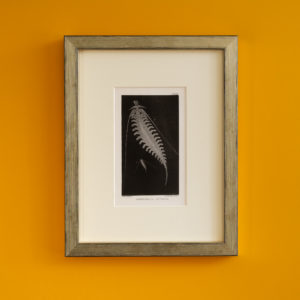
Naturalist Rambles on the Devonshire Coast, by Philip Henry Gosse. ‘Johnstonella Catharina’,
£220Naturalist Rambles on the Devonshire Coast, by Philip Henry Gosse. ‘Johnstonella Catharina’,
Living in London, Gosse’s prodigious hobby of publishing work on his observations resulted in a breakdown from overwork. He was advised to go and live in the country and moved to Devon in 1853 where he wrote ‘A naturalist’s rambles on the Devonshire coast’ The book successfully popularised the science of marine biology, but his reputation as a serious scientist later suffered with the publication of ‘Omphalo’ in which he refuted developmental theory, aiming to reconcile geology with the Bible’s account of creation.£220
